
When my favourite item in the Waitrose Weekend paper (My Best Books) was chopped to just one book a week from five, I really missed it - I love to hear what other people rate their cherished reads, so I decided to start my own guest-blog along the same lines.
Thanks to Gerry Wolstenholme for No 10 in the series. Blackpool-born, he attended Baines Grammar School before moving to London. He was a career civil servant, and also ran a successful secondhand and antiquarian bookselling business for many years, with a speciality in 19th century English literature.
He has written a number of books, as well as contributing to a wide variety of magazines and also producing his own such as ‘The Cheltenham Spectator and Festival News’. In addition he commentated on cricket and football for various radio stations (in his younger days he was also an extremely keen amateur sportsman, playing football, cricket, squash, badminton and tennis.) He writes:
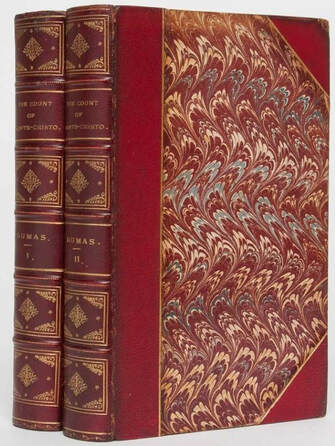
I had read Dumas’ The Three Musketeers in an abridged edition as a youngster and enjoyed the swashbuckling and storytelling so much I wanted to read more of his works. For an early birthday of mine (perhaps my 9th), my Mum said that I could choose a book as an extra present. So I took her down to our local bookshop, Sweetens, and chose The Count of Monte Cristo. My Mum was slightly taken aback because many of the books I bought were two shillings and sixpence from Woolworths but this one was 12 shillings and sixpence; it was in the Collins Classics series in a blue pseudo leather binding and I can still vividly remember walking into the bookshop because it had a sloping floor going upwards towards where the classics were shelved. But true to her word my Mum bought it for me and the exciting and nail-biting storyline has stuck with me ever since. I loved Edmond Dantès who, about to marry his fiancée Mercédès, was falsely accused of treason and was imprisoned in the Château d'If, an island fortress off the coast of Marseille. It was a forbidding place and I grieved with Edmond at his wrongful arrest and subsequence imprisonment.
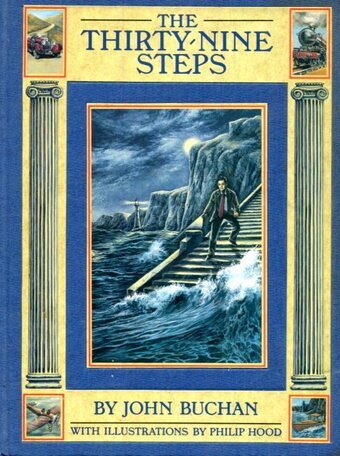
Perhaps unusually, The Thirty Nine Steps was a set book in my second year at Baines Grammar School. I wasn’t used to such a book being on the syllabus and it was a delight, for it was unlike, say, Jane Austen’s Northanger Abbey that we had previously read. From the very moment when Richard Hannay encounters Scudder, to his daring escape from his London flat, through his wanderings in the Scottish border country, which Buchan knew so well, to the exciting ending, the book was spell binding. It was so much so that when it came to that year’s English Literature examinations, I was so enthralled with the book that in answer to the question on it I very nearly rewrote it – in synopsis of course. Satisfied with my effort I put my pen down close to the end of the specified time of the examination only to notice the instructions on the examination paper, ‘Answer three questions’! I had to very hastily attempt to get some thoughts down on Shakespeare’s Julius Caesar and Matthew Arnold’s Sohrab and Rustum. You can imagine the shortness of the hurried answers to those two! And Buchan’s novel also has another happy memory for me. When I was dating my future wife, Linda, we sat in the sun one afternoon and I read her the complete Thirty Nine Steps. How’s that for romancing a young lady?! I should just add an amusing story about this title. At a cricket match a couple of years ago a good friend of mine had been to London and he remarked that he had been to theatre. In answer to a question as to what he had seen, he replied, ‘A comedy’. I asked what it was and he replied, to my utter astonishment, ‘The Thirty Nine Steps’. I am afraid I laughed out loud and asked him what he thought he had been watching because that title was, arguably one of the first and finest of spy novels. I must admit I went out and bought him a copy that I presented to him with the words, ‘Please have a read of that and have a laugh!’

I have managed to find an illustration to accompany this choice of the edition that I purchased many, many years ago when I first encountered the book. Woolworths had a book section and their books were in a generic series that sold for less than the recognised publisher’s editions. This one, if I remember rightly, was in the Regency Classics series and it cost two shillings and sixpence, a price I could run to when saving my spending money. The attraction at the time was the pirate, on the front cover plus the frontispiece of the book that was a map of the island where treasure was hidden. It was a swashbuckling tale from the beginning when Jim Hawkins and his mother have Billy Bones as a mysterious visitor to their inn The Admiral Benbow. The book was such a favourite that I now have a variety of editions, retellings and sequels and I have read the original a number of times and it still gives me the thrill that it did all those years ago. I should add that it also made me fall in love with RLS and my first published writing many years ago was an appreciation of the great man, who underwent such hardship to produce his works.
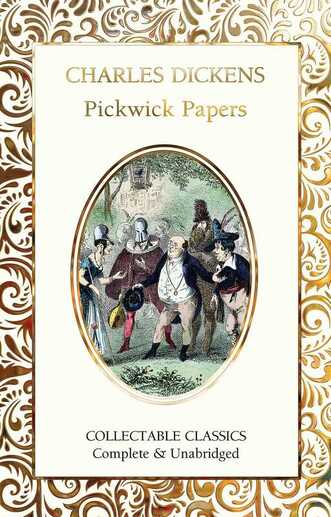
I was aware of the name Charles Dickens from a young age because my Mum and Dad had some shelves of books and amongst my Mum’s Forever Amber and Gone with the Wind (which I read at the time) and my Dad’s novels by Peter Cheyney and James Hadley Chase plus his speeches of Churchill and I Sank the Royal Oak by Günther Prien was Nicholas Nickleby by Charles Dickens. I used to take it from the shelf just to look at the quirky illustrations by Hablot Knight Browne (using the name Phiz), so when I began my secondhand and antiquarian bookselling career I used to buy Dickens books all the time. And when I first had a copy of Pickwick in stock I decided to begin reading it. I started one Saturday morning and was quickly transported to the world of Pickwick and his followers but early in the book I discovered that there was a page missing. I was living in Chiswick at the time so I immediately walked down to WH Smith on Chiswick High Road, found a new copy on the shelves, surreptitiously read the missing paragraphs, returned home and carried on reading! Pickwick was not the initial success that it became when it was first published in monthly parts but once Sam Weller appeared in the story, it took off enormously. And that was not surprising for after Pickwick, Sam is, arguably, the most memorable character. I know the four members of the club who travelled around England are Messrs Tracy Tupman, Nathaniel Snodgrass and Augustus Winkle but Alfred Jingle also presents a fascinating portrait while the misunderstanding between Pickwick and Mrs Bardell results in one of the most famous fictional court cases of all time; both of them were incarcerated in the Fleet Prison (as was Dickens’ father in real life) for debt. There is also the memorable cricket match, Dingley Dell versus All-Muggleton to read about, all of which made it a book that has remained with me for all time. Indeed I studied the writing of Pickwick in some detail and have since amassed a large collection of Dickensiana and have even written various pieces on Dickens myself.
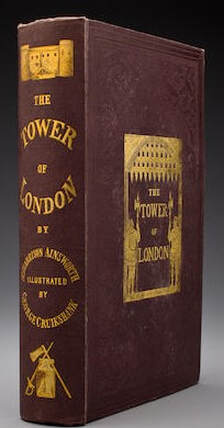
I should pay tribute to my late wife Linda for introducing me to William Harrison Ainsworth for, despite him being from my native Lancashire, I did not know the name when I was a young bookseller. Fortunately on one of my buying trips to Charing Cross Road, and with Linda, my then girlfriend, accompanying me, we were looking at Jackson’s stock and he always had a rack of books outside at two shillings and sixpence. Linda spotted this book entitled The Tower of London and being a Londoner she took a fancy to it so we bought it in the leather bound version of the Everyman’s Library. I took little notice, other than pay for it with my other purchases, but after Linda had read it she suggested that I would enjoy it as an historical read. I took her advice, did so and thoroughly enjoyed it so much that I investigated who this Harrison Ainsworth was and that was when I discovered he was a Manchester man. This started me on a quest for his works, some of which, Old St Paul’s, Guy Fawkes, and Jack Shepherd, for instance, were relatively easy to find, particularly when we were living in London with all the outlets to go searching in. But others were difficult to come by so I made it a point to begin looking for them, even writing the titles of missing volumes in a ‘books wanted’ notebook that I still have, but don’t use, today. Anyway back to The Tower of London, which covers Lady Jane Grey’s short-lived reign through to her execution. Ainsworth wrote it while also writing Guy Fawkes for serial publication and at the same time planning the setting up his own magazine, Ainsworth’s Magazine. I was not particularly an historian when I was at school but the reading of this book started me on the trail of British history that continues to this day. I should add that, having sold Ainsworth collections in the past, I now have a small collection of his works, including some more uncommon titles, and have also written a couple of articles on him.

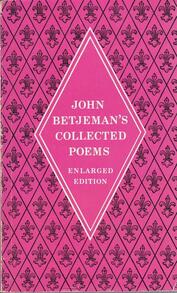
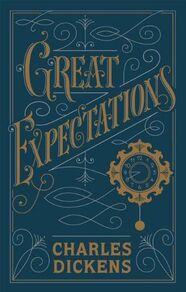
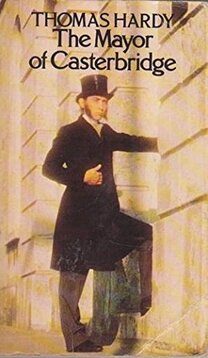
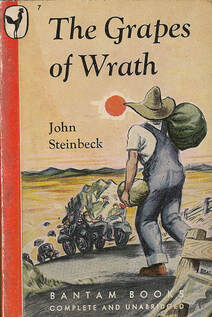
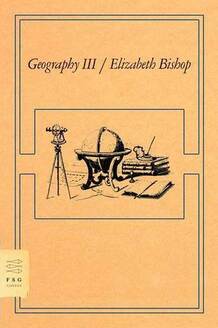


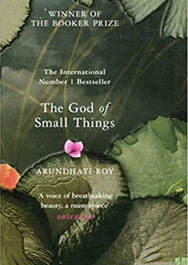
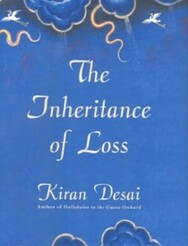
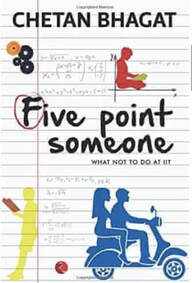
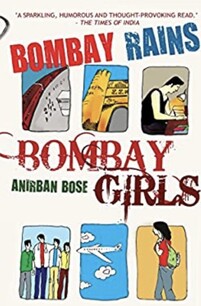
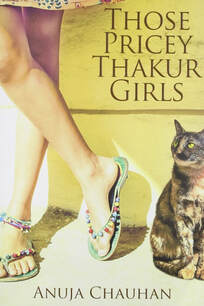
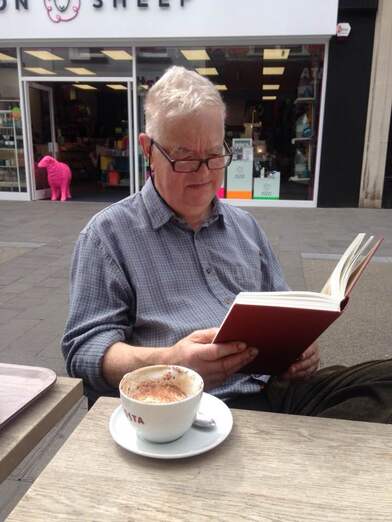
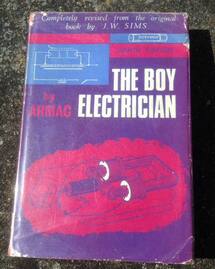
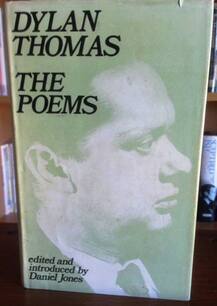
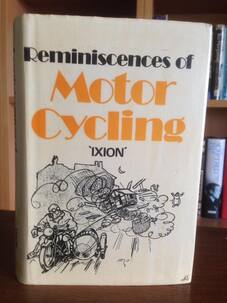
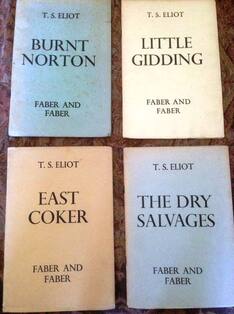
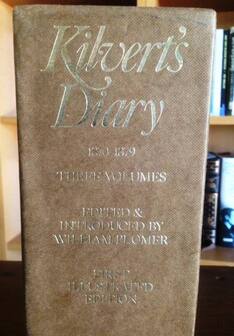

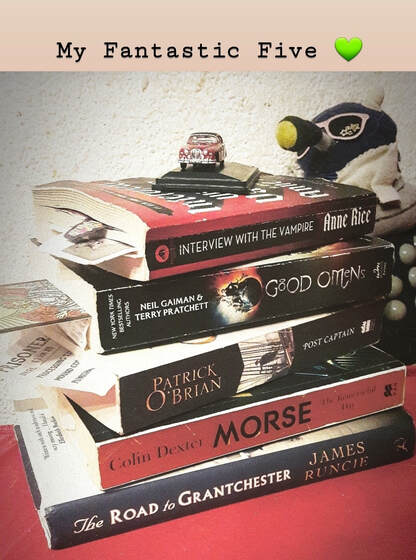
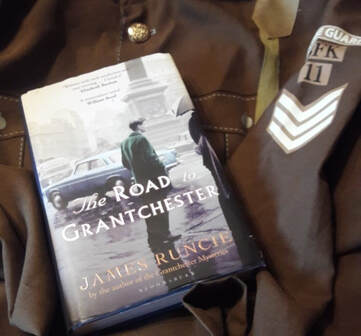
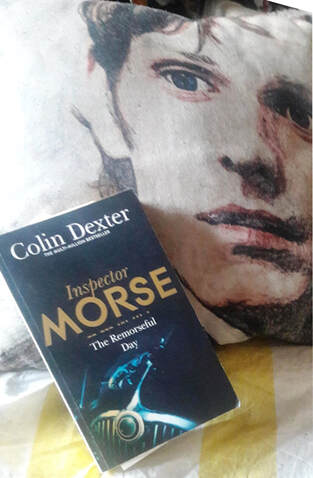
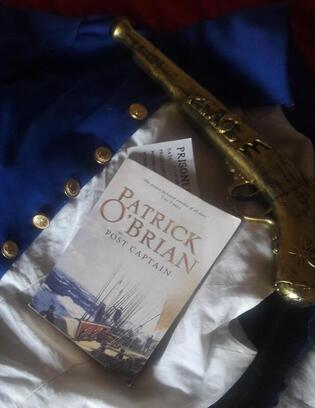
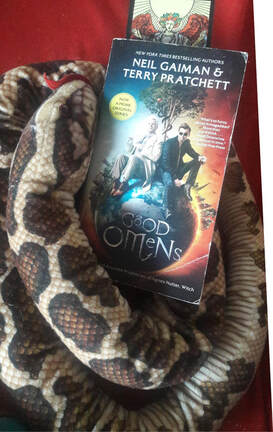
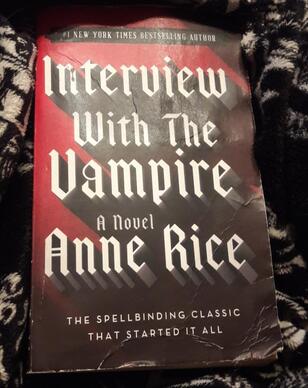

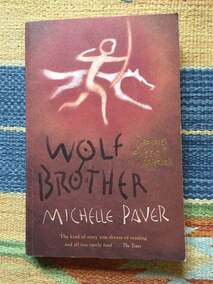
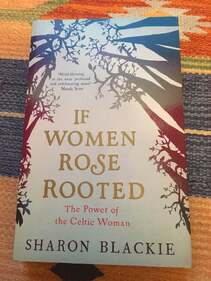
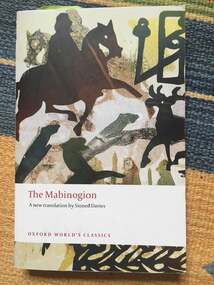
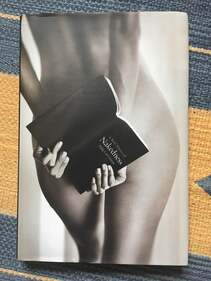
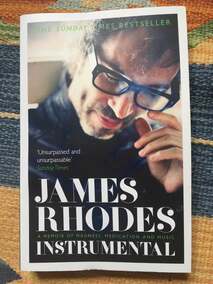

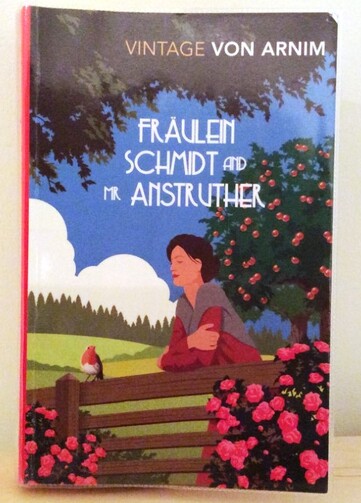
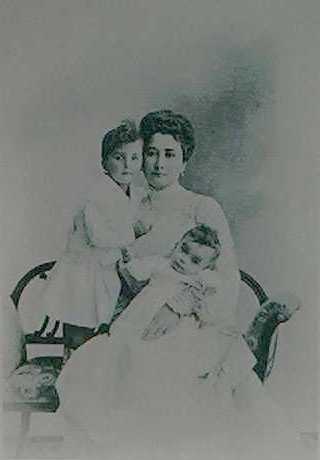
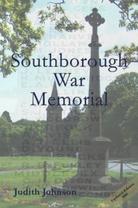
 RSS Feed
RSS Feed
